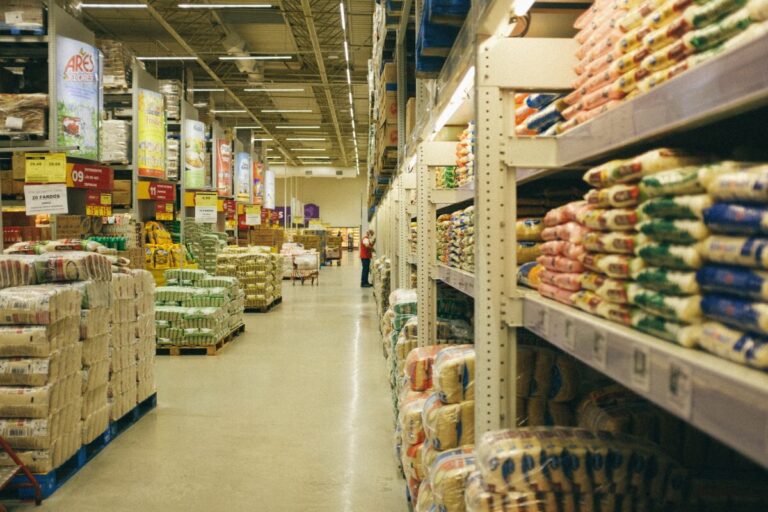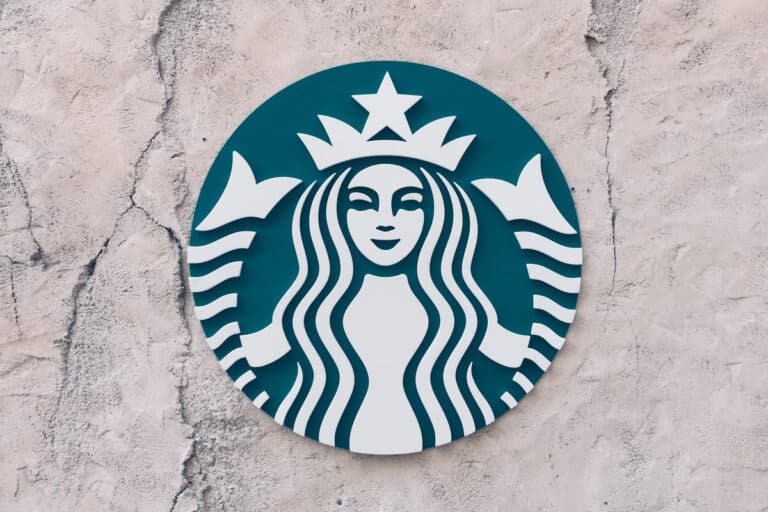Federal Reserve policy makers are being limited on the inflation level due to a decline in clothing prices.
Clothing costs have played an unusual role in blocking price increases over the past two years. Core inflation excludes energy and food costs, and has declined to 1.2%, from 2% during March 2012. Clothing represents 3.5% of the index, but accounted for 20% of the slowdown.
The attempt by shoppers to obtain lower prices by using online tools has pushed suppliers to look overseas for cheap labor. Imports account for 98% of the clothing market in the U.S. Imported clothing prices are showing little signs of inflation which means prices will remain on par.
A decline in US apparel production has been noticeable in the prices of clothing and footwear. Domestic clothing manufacture has decline 83% since 1995.
Cheap Labor
The low wages evident in countries such as Bangladesh are attributable to the high demand for cheaper products by US companies. A fire in a Bangladesh factory producing clothes for stores such as Wal-Mart saw the death of 112 workers. Under a year later, 1129 died when a building complex which housed apparel factories collapsed.
An increase in wages in countries with traditional lower-cost labor such as China means production is moved to others, such as Vietnam or parts of Africa. The US government can forget about inflation in the apparel industry for a few decades.
Consumer Needs
Consumers are constantly looking for sale prices by retailers. Retailers saw a decline of 4.9% in sales last year, the slowest since 2009’s 2.9% decline. The under-25 shopper market is where the decline has been most noticeable. The average spending declined 20% compared to 2012, whilst in other age groups the amount was consistent. This can be attributed to unemployment in youth.
The Age
The aging population will add to the decline. America’s apparel spending peak is usually high in the 35 to 44 age group.
Although low prices is what shoppers want, the disinflation that follows makes it more difficult for the repayment of debt and for businesses to increase profits.
Breakeven
A market-related measurement of expected inflation based on various factors has remained below 2%. It has closed above that figure only five times during the last 12 months.
Want to share your company’s latest updates, store openings, or partnerships?





